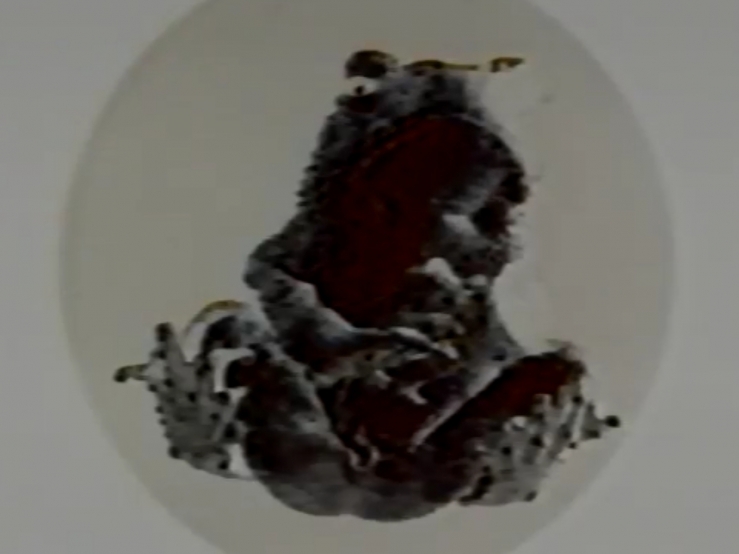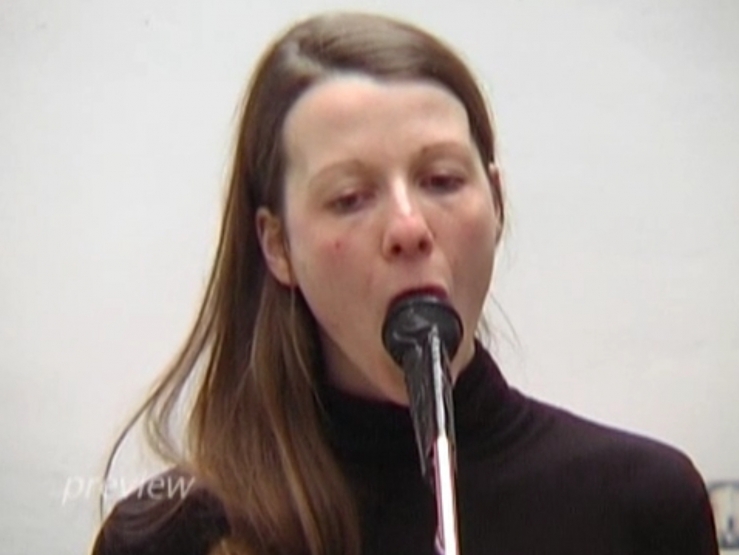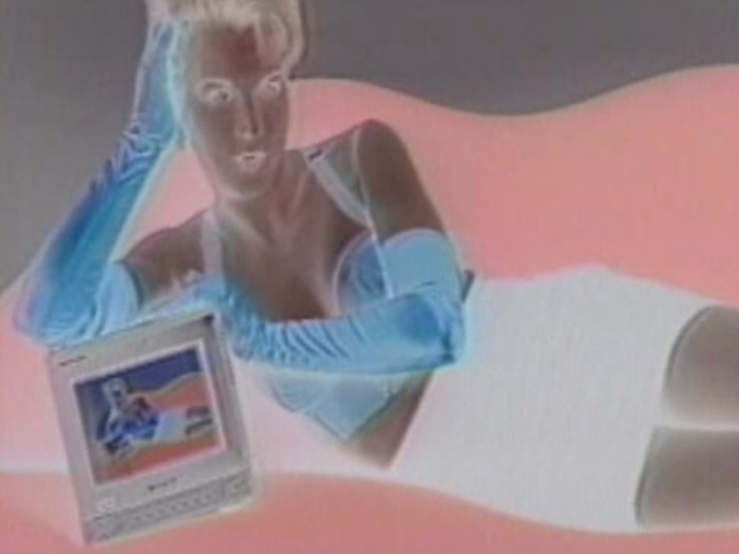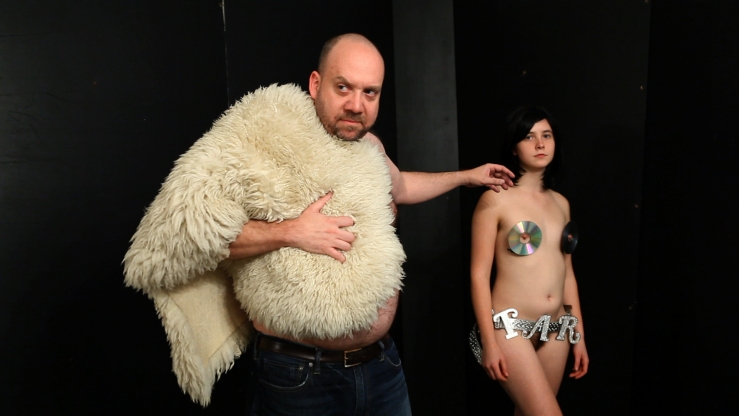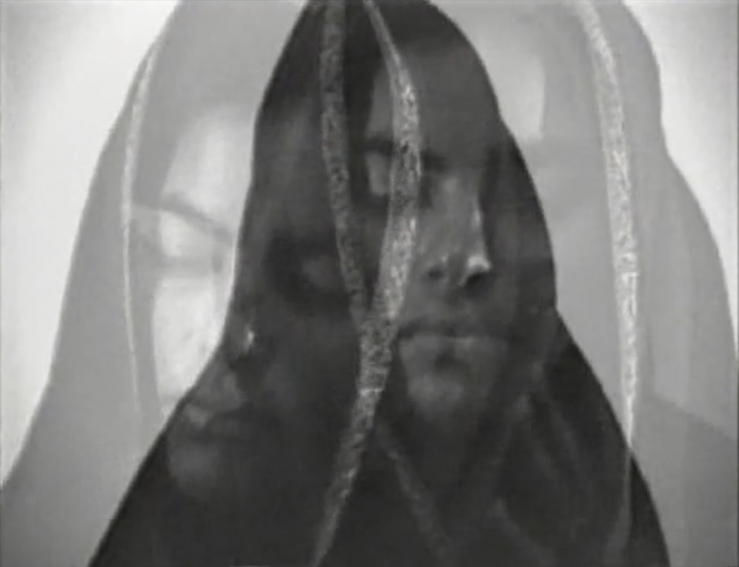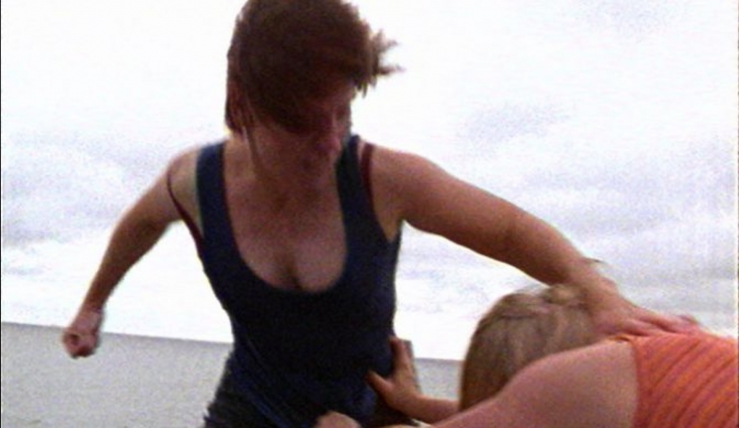زخم (Absent Wound)
Absent Wound is the visual voice of a woman who resists being excluded, discriminated against, or having her fate determined as a woman. The recordings are from a Zoorkhuneh, an Iranian strength training room and the connected communal bath—places traditionally not accessible for women in Iran. These images are superimposed by narrative texts in English and Persian, partially crossed out, as if the woman wanted to retract or invalidate what she said. The sound track is composed of female whispering and ambient sounds like drumming or flowing water.
Zoorkhunehs belong to Iranian culture, and the rituals taking place there, a combination of martial art and dance, belong to the UNESCO’s intangible cultural heritage. But in the struggle for equal rights, they are often used as symbols of a male-dominated society, for example, by the singer Maryam Akhondy or the video artist Anahita Razmi.
In Absent Wound, Maryam Tafakory counters the lively hustle and bustle of men in the Zoorkhuneh with the intimate, almost lonesome presence of a young woman in a bath that in its poor external condition can by no means compete with the neat training hall. Yet through the staging of the pictures and the arrangement of individual objects, Tafakory succeeds in lending the room an aesthetic value all the same. The woman remains anonymous, the camera frame or rudimentary doors conceal her body and face, with only her hands and bare feet remaining visible. A further disturbing element is that blood drops between her feet, bowls with blood appear, and bloody towels are lying around—»I am not ill, nor wounded by spear« is the accompanying text. At this point, the narrative level changes from describing the outer surroundings to an inner feeling, to anger and resistance stemming from becoming and being a woman: »impure, sinful, fragile, vulnerable—a woman«. The monthly reminder of what a woman’s fate supposedly is nurtures the deep rejection of the view that the female body only serves reproduction. The revolt against this tradition is underpinned by the use of cultural historical studies on the theme of menstruation, for example, from Simone de Beauvoir’s The Second Sex. When will this wound heal? (Elisabeth Wynhoff)
* We can only show an excerpt of this work in the online archive. For the complete version, please contact the artist.
Image: Maryam Tafakory, زخم (Absent Wound), 2018 © Maryam Tafakory
About the video
About the artist
- 1987 in Shiraz, IRN, lives and works in London, GBR.
Studied at the Oxford University, Oxford, GBR

